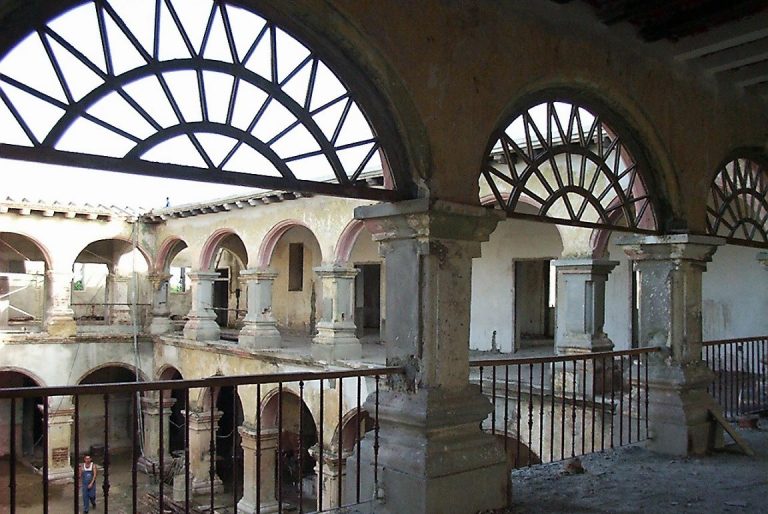The Ursuline Monastery, a building built in 1829, is one of the monumental pieces not only in Camagüey, but also in the history of Cuban architecture. That is why its study must be carried out in different stages due to the transformations and uses experienced by the property and the sociopolitical changes that also left their mark on it. This article will focus broadly, between the years 1829 and 1899.
The Ursulines, their arrival in Puerto Príncipe
The Ursuline Order, as a religious congregation, was the first of women dedicated to teaching established in the church in 1535 by Angela de Merici. Its name is due to Saint Ursula, virgin and martyr of the fourth century. The first establishments in America were due to French initiatives.
Its arrival in Puerto Príncipe was subordinated to the educational mission and the need to create institutions that, under religious doctrine, would allow the young women of Camagüey to be enlightened. The first official reference that shows the desire for such an institution is found in the minutes of the Cabildo held on January 11th, 1814, in which the proposal of the presbyter Mr. José Ceferino Álvarez and a group of neighbors to request to the Regent of the Kingdom “the power to erect a Monastery in this town with the title of Ursulines due to the lack of this teaching in the jurisdiction, as Tamames Henderson explains in his book Following the traces of heritage.
The approval procedures for the monastery took until 1817. Specifically on May 21st of the same year, His Majesty granted the permit and made it known that everything depended on the applicants, a resolution before which the Lieutenant Governor summoned Ceferino Álvarez and the other participants, in order to assess the capital available for the project; but nothing could be resolved. The insistence of the interested neighbors became present, when Ceferino went before the Captain General on September 2nd to propose that “the House of Charity or Obrapía of the Captain of Grenadiers Mr. Lorenzo de Miranda in the Usurlines Monastery be commuted”.
A new venue
Once some problems related to obtaining the new headquarters were solved, the convent was built on the land adjacent to the Carmen Church, a process that took three years, culminating on February 13th, 1829. However, the nuns would not move until June 13th.
Among the advantages offered by the enclosure was the proximity and availability to said church for both the nuns and the patients in the hospital, a building of great connotation that from its first construction phase gave its name to the neighborhood. The Ursulines would soon acquire other properties around them.
Education for Women
In this way, it becomes the first construction in Camagüey to be integrated into the institutionalizing system of female Catholic education. This offered young women an education with signs of modernity while presenting itself as a culturally different center.
Eviction
However, on June 22nd, 1844, a Royal Order approved the abolition of the Convents in Cuba and the transfer of all their properties to the Public Treasury. Like the other female convents of the time, they remained in their headquarters and with their properties. Although another Royal Order signed by the king, two years later, would endanger that peace.
On January 28th, 1851, the proposal was received from the Captain General for the change of use and three days later, on the 31st, to occupy it to establish a barracks and thus provide accommodation for the troops that had to protect this square. The impact of the new military function soon began to be felt, although there are no details of the construction works carried out.
Although the exact date of its return is not known, in 1881 it reappears. At the end of the century, they register their properties for the first time, and indicate that the property is made up of two bodies: the first, close to the Carmen Church, which would serve as a convent, and the second, lateral to San Ramón street, houses the boarding school.
Conclusions
Broadly speaking, an attempt has been made to explain the history of the Ursuline Monastery in a first stage, between 1829 and 1899.
Bibliography
Tamames Henderson, Marcos A. Tras las huellas del patrimonio. Editorial Ácana, 2004.
Translated by: Aileen Álvarez García






